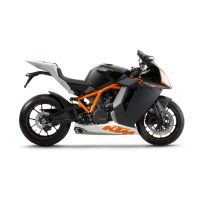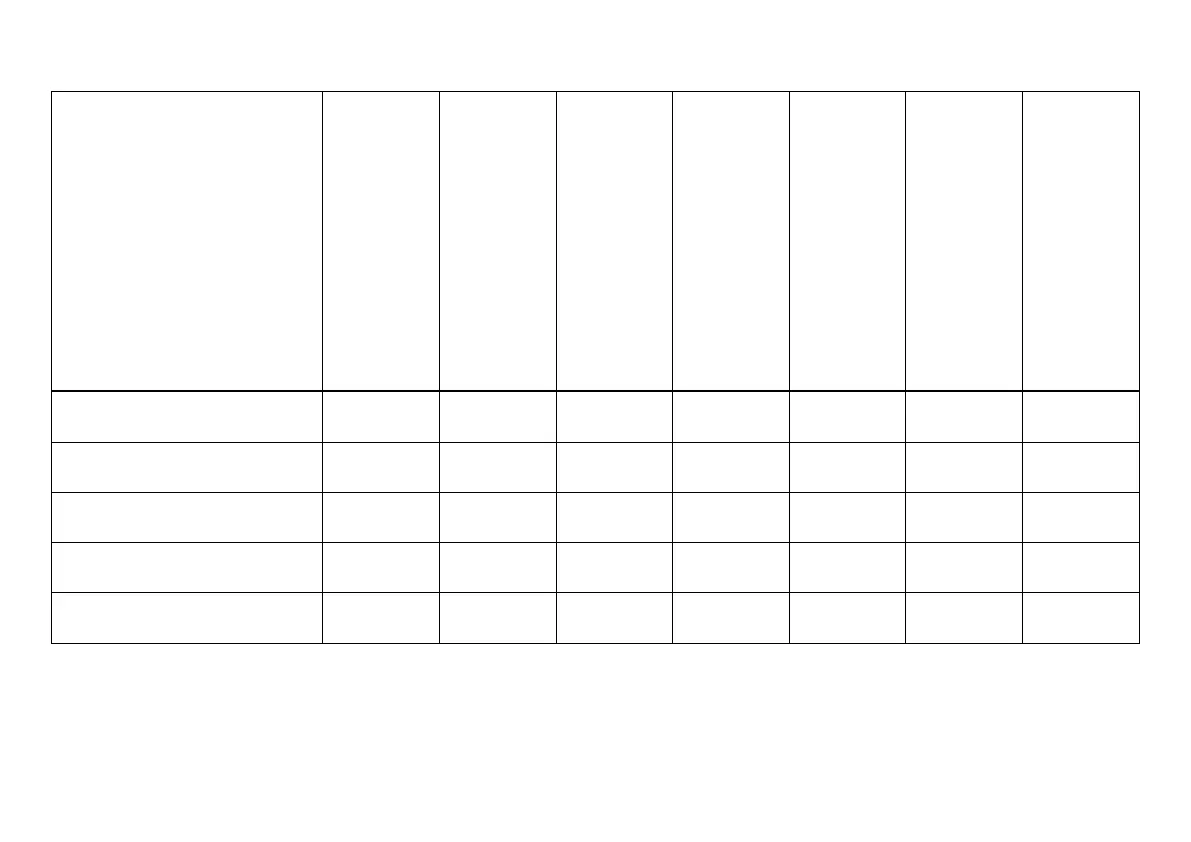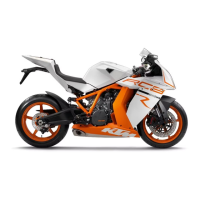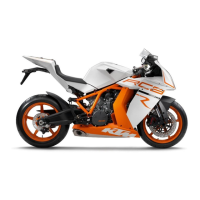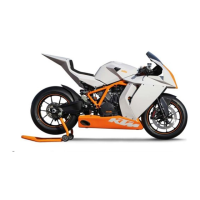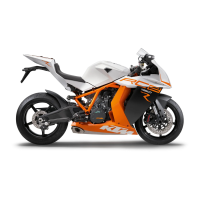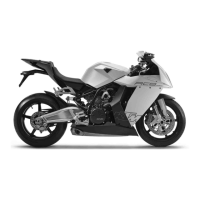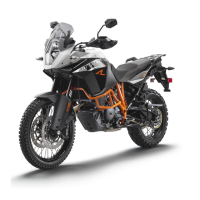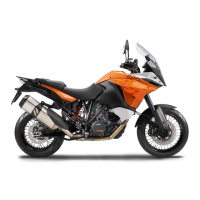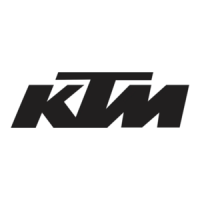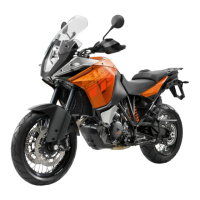Why does my KTM Motorcycle engine overheat (HIGH TEMP)?
- JJennifer SanfordAug 22, 2025
If your KTM Motorcycle engine overheats, several factors could be responsible. There might be too little coolant in the cooling system, so check for leaks and the coolant level. Dirty cooling fins can also cause overheating, so clean them. Inspect the radiator hose for kinks or damage and change it if necessary. A defective thermostat or a blown fuse 4 could also be the issue, so check the thermostat and replace the fuse if needed. Additionally, a defect in the radiator fan system or air in the cooling system could be the cause. Check the radiator fan system, and add coolant/bleed the cooling system.
